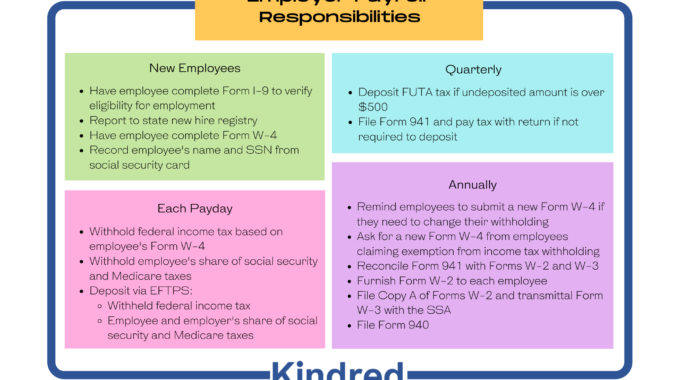These days, it seems like everyone has an online presence. Whether it's Facebook, Twitter, Instagram, YouTube, TikTok, or just plain old websites, everybody has a…
 We have good news and bad news. The good news is that the US government is actively working to provide relief to individuals and businesses in these uncertain times. The bad news is that there are so many relief programs that it’s hard to make sense of all of them! So we’re going to use some sample questions we’ve been receiving to assist you as you navigate through these murky waters.
We have good news and bad news. The good news is that the US government is actively working to provide relief to individuals and businesses in these uncertain times. The bad news is that there are so many relief programs that it’s hard to make sense of all of them! So we’re going to use some sample questions we’ve been receiving to assist you as you navigate through these murky waters.
Question 1:
I’m not in dire straits right now but could use a little help with my cash flow. Any suggestions?
Answer 1:
From now until the end of the year, you can defer paying the employer’s share of social security taxes each pay period, which will save you 6.2% of taxable wages. You eventually have to repay the deferred amount, with 50% of it due by 12/31/21 and other other 50% due by 12/31/22 . . . but this could give you some breathing room for the next few months if you anticipate your business will return to normal revenues before the end of this year.
Question 2:
My business started suffering a few weeks ago and our revenues are down sharply. What should I do about my employees?
Answer 2:
Option A:
Lay them off and assist them in claiming unemployment. You can file a spreadsheet with the Kansas Department of Labor so employees don’t have to file individually. The weekly benefit rate is 4.25% of the employee’s wages in the highest paid quarter of the base period, which ranges from $122/week to $488/week. In addition, the recently-passed CARES Act provides for an additional $600/week benefit (through July 31, 2020) and an additional 13 weeks of unemployment compensation, and allows unemployment compensation to begin before a one week waiting period.
Pros: Your cash flow is reduced since you’re not paying wages, and your employees are receiving some decent income replacement, especially with the additional $600/week.
Cons: Your company’s unemployment experience rating will be worse, resulting in a higher unemployment insurance payment once things get back to normal. Also, your employees may find other employment and may not come back to work when you’re ready to rehire them.
Option B:
Leave them on the payroll and apply for a loan through the Paycheck Protection Program that allows a portion to be forgiven. This loan is available through local lenders who offer SBA loans. Here are the high level parameters:
- The loan amount can be up to 2.5x your average monthly payroll costs for the previous 12 months plus 25%, not to exceed $10 million.
- The loan can cover payroll costs as well as other items in place before 2/15/20, including interest on a mortgage, rent on a leasing agreement and utility payments.
- The amount that can be forgiven is equal to the portion of loan proceeds used to cover the first 8 weeks of payroll plus mortgage interest, rent, and utilities paid during that time. At least 75% of the forgiven amount must be used for payroll costs.
- The forgiveable amount is reduced if you don’t maintain the number of employees and salary levels for 8 weeks.
- The outstanding loan amount after the forgiven portion has a maturity of 2 years and an interest rate of .5%. Loan payments can be deferred for 6 months.
- Your company must have been in operation before 2/15/20 and had employees for whom you paid salaries or paid independent contractors.
- You have until 6/30/20 to restore your full time employment and salary levels for any changes you made between 2/15/20 and 4/26/20 – so if you’ve laid off employees you have an opportunity to bring them back.
Pros: What’s not to like about a loan that maintains employees’ regular wages and covers your other basic expenses for 8 weeks? This is a win-win for both employers and employees.
Cons: You’re only forgiven your actual costs for 8 weeks, so depending on the amount you borrow, you’ll still have an outstanding loan amount for the remainder of the 2-year term . . . at a rate of .5%. Hard to beat that. It does require that you keep employees on the payroll who may have nothing to do, but maybe you can put them back to work by the end of the 8 weeks. We can only hope.



